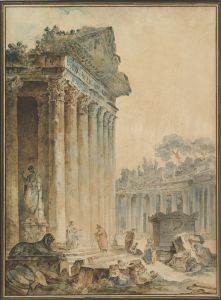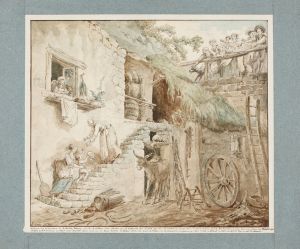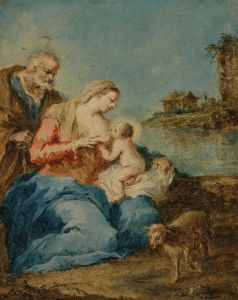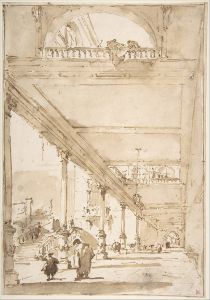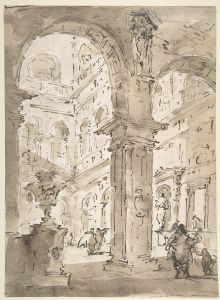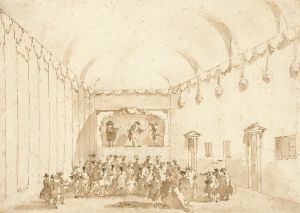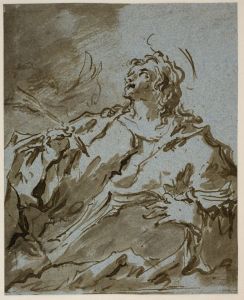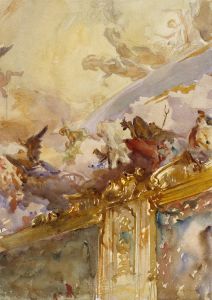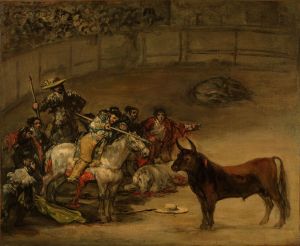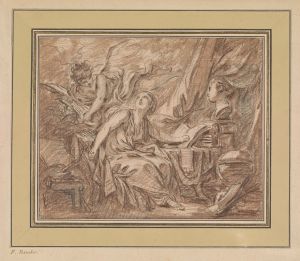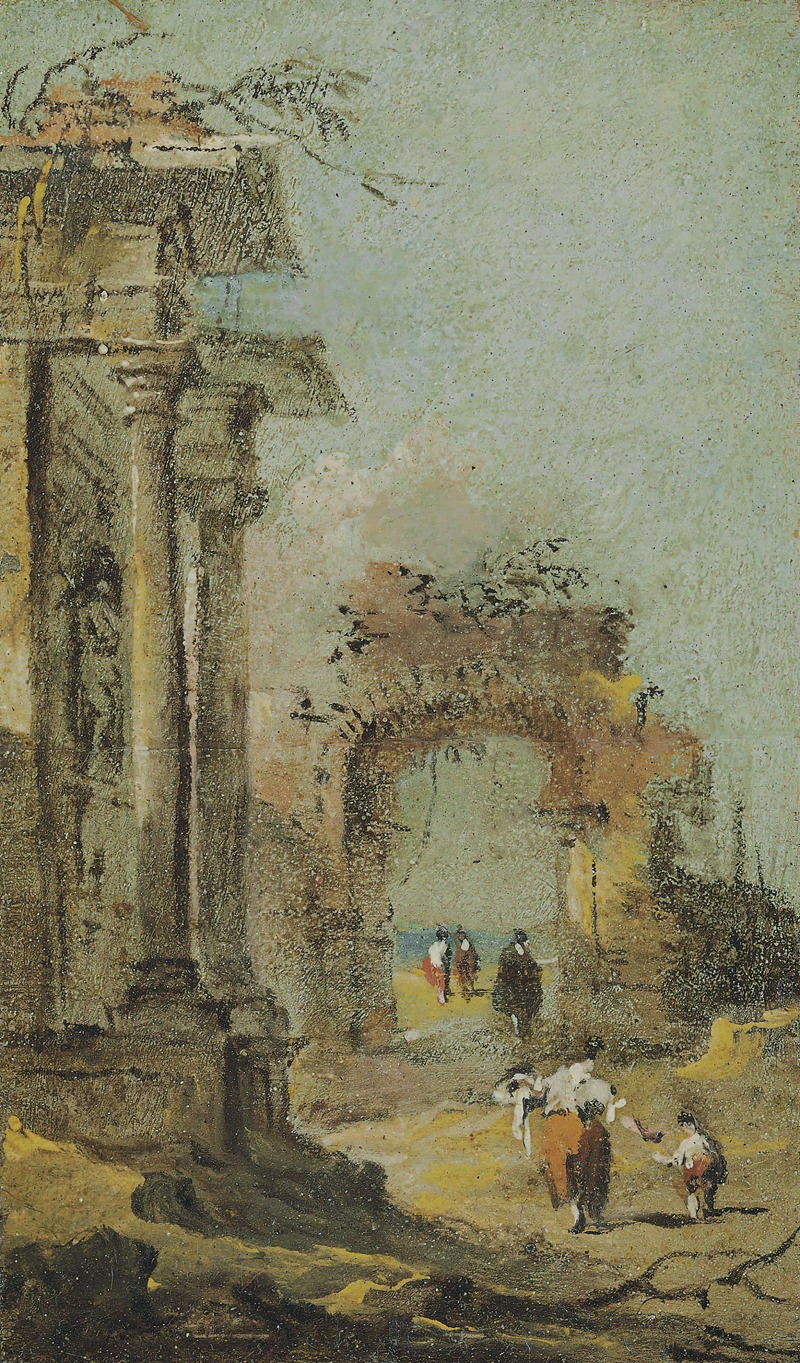
Capriccio Of Architectural Ruins And Figures
A hand-painted replica of Francesco Guardi’s masterpiece Capriccio Of Architectural Ruins And Figures, meticulously crafted by professional artists to capture the true essence of the original. Each piece is created with museum-quality canvas and rare mineral pigments, carefully painted by experienced artists with delicate brushstrokes and rich, layered colors to perfectly recreate the texture of the original artwork. Unlike machine-printed reproductions, this hand-painted version brings the painting to life, infused with the artist’s emotions and skill in every stroke. Whether for personal collection or home decoration, it instantly elevates the artistic atmosphere of any space.
Francesco Guardi's Capriccio of Architectural Ruins and Figures is a painting that exemplifies the Venetian artist's mastery of the capriccio genre, a style that combines imaginative architectural elements with real or fictional landscapes. Guardi, one of the most prominent painters of 18th-century Venice, was known for his vedute (view paintings) and capricci, which often depicted fantastical scenes infused with a sense of poetic nostalgia.
This particular work features a composition of architectural ruins, including classical columns, arches, and other structures, arranged in an imaginative and theatrical manner. The ruins are not based on any specific real-world location but are instead a creative amalgamation of elements inspired by classical antiquity and the artist's own imagination. The inclusion of human figures, often small in scale compared to the grandeur of the architecture, adds a sense of life and narrative to the scene. These figures are typically depicted engaging in everyday activities, such as conversing, walking, or resting, which contrasts with the monumental and decayed structures around them.
The painting reflects the 18th-century European fascination with the ruins of antiquity, a theme that resonated with the Romantic sensibilities of the time. Such works were popular among collectors and patrons who admired the blend of historical grandeur and artistic fantasy. Guardi's loose, expressive brushwork and atmospheric use of light and shadow contribute to the dreamlike quality of the scene, a hallmark of his style.
While Guardi is often associated with the vedutisti tradition, alongside artists like Canaletto, his capricci demonstrate a more personal and imaginative approach. These works allowed him greater creative freedom, as they were not constrained by the need for topographical accuracy. Capriccio of Architectural Ruins and Figures is a testament to Guardi's ability to evoke a sense of timelessness and mystery through his art.
The exact date of the painting is not definitively known, but it is generally attributed to the latter part of Guardi's career, when he increasingly focused on capricci and smaller-scale works. The painting is held in a private collection or museum, though specific details about its current location or provenance may not be widely documented. Guardi's capricci remain an important part of his artistic legacy, showcasing his skill in blending imagination with the evocative power of ruins and landscapes.





